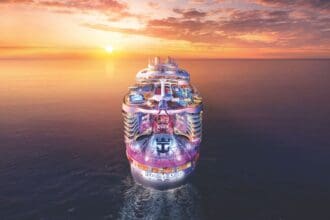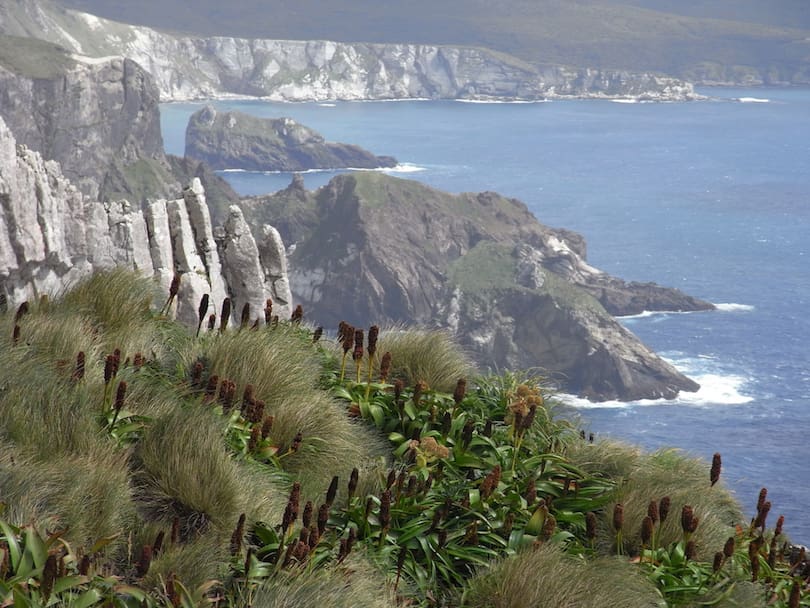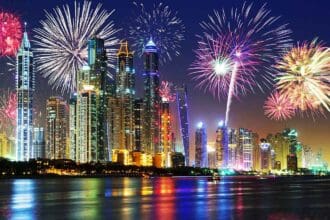Are you planning a trip to Jowai, the scenic town situated in the East Khasi Hills district of Meghalaya? With its lush green landscapes, pristine waterfalls, and serene lakes, Jowai has become a popular tourist destination in recent years. In this article, we will be discussing the top 5 places to visit in Jowai that you absolutely must include in your itinerary.
1. Tyrshi Falls
Tyrshi Falls is one of the most popular waterfalls in Meghalaya and is situated just 5 km away from Jowai. The waterfall is surrounded by dense forests, and the view of the water cascading down the rocks is truly mesmerizing. You can take a dip in the natural pool at the bottom of the waterfall or just relax by the side and enjoy the beauty of nature.
2. Thadlaskein Lake
Thadlaskein Lake is a beautiful natural lake located in Jowai that offers stunning views of the surrounding hills. The lake is also known as “The Pool of Spirits” and is considered to be a sacred site by the locals. You can go boating or fishing in the lake or simply enjoy a leisurely walk along its shores.
3. Nartiang Monoliths
The Nartiang Monoliths are a group of ancient standing stones located in Nartiang village, which is just 18 km away from Jowai. The monoliths are believed to be over 500 years old and are considered to be one of the largest collections of monoliths in the world. They are also an important cultural and historical site for the Khasi tribe.
4. Syntu Ksiar
Syntu Ksiar is a beautiful picnic spot located just 10 km away from Jowai. The spot is situated on the banks of the Myntdu River and is surrounded by lush green forests. You can enjoy a picnic with your family and friends or just relax by the river and take in the beauty of the surroundings.
5. Ialong Park
Ialong Park is a popular tourist spot located in Jowai and is known for its beautiful gardens and scenic views. The park is situated on a hill and offers panoramic views of the surrounding landscapes. You can take a walk through the gardens, go for a jog, or simply relax and enjoy the beauty of the park.
Jowai is a hidden gem in Meghalaya that is just waiting to be explored. With its natural beauty, rich history, and cultural significance, it has something to offer to every traveler. So, plan your trip to Jowai today and make sure to include these top 5 places in your itinerary.
Conclusion
Jowai is a town that is full of natural beauty, and the top 5 places to visit mentioned in this article are just a few of the many attractions that it has to offer. Whether you’re a nature lover, a history buff, or simply looking for a relaxing getaway, Jowai has something for everyone.
FAQs
- What is the best time to visit Jowai? The best time to visit Jowai is from October to May when the weather is pleasant and ideal for outdoor activities.
- What is the nearest airport to Jowai? The nearest airport to Jowai is the Lokpriya Gopinath Bordoloi International Airport in Guwahati, which is about 120 km away.
- Are there any accommodations available in Jowai? Yes, there are several accommodations available in Jowai, ranging from budget hotels to luxury resorts.
- Is it safe to visit Jowai? Yes, Jowai is a safe place to visit. However, like any other place, it is important to take necessary precautions and be aware of your surroundings.
- What are some other places to visit near Jowai? Some other places to visit near Jowai include Shillong, Cherrapunjee, and Dawki.






